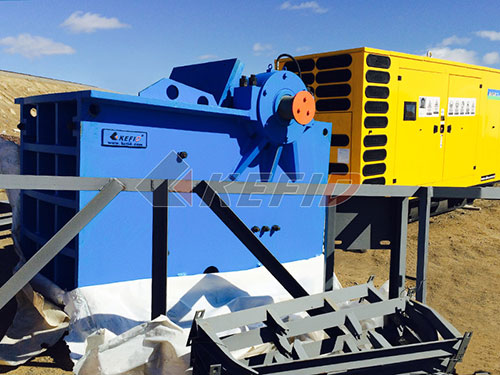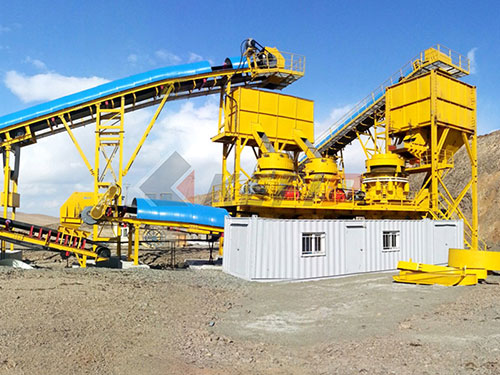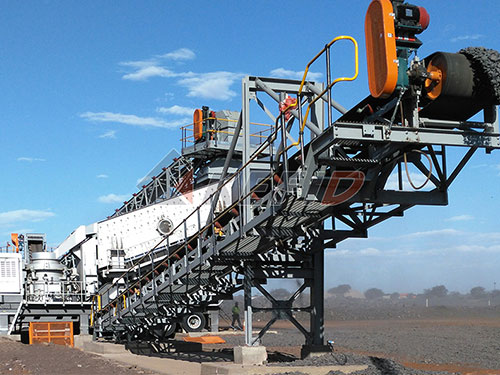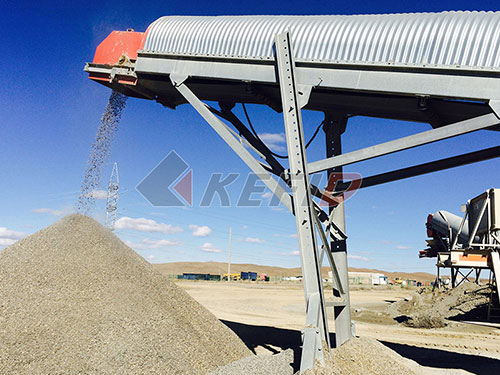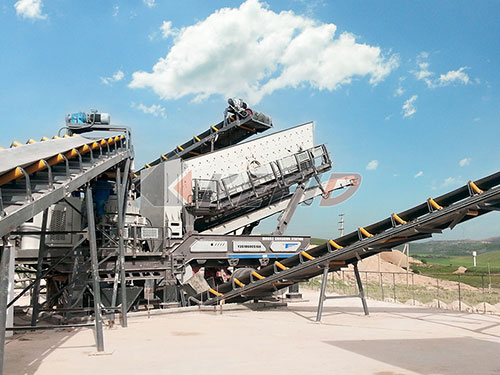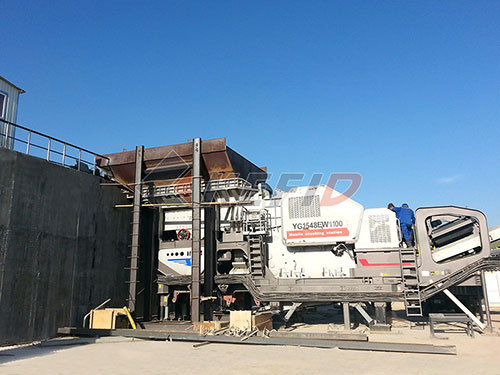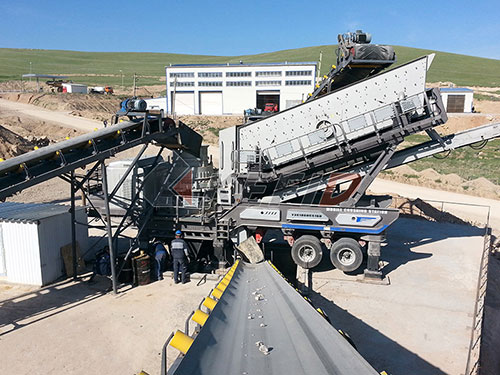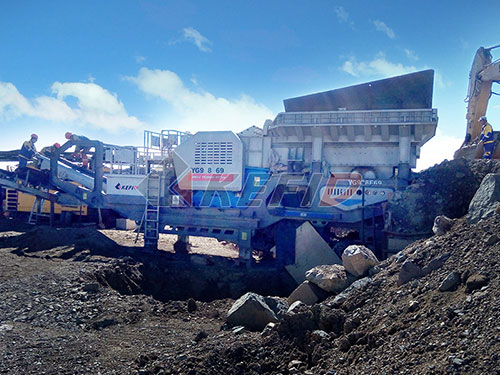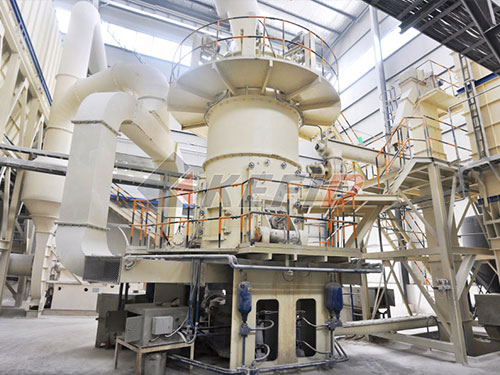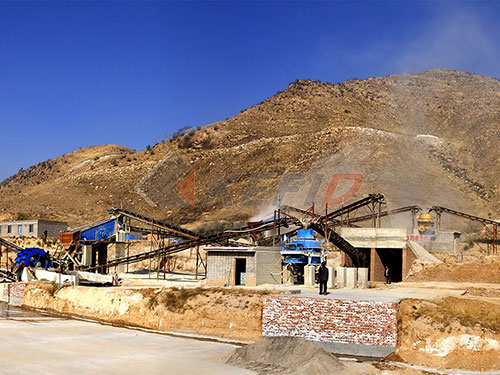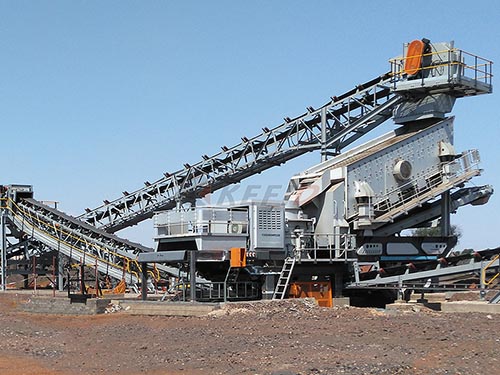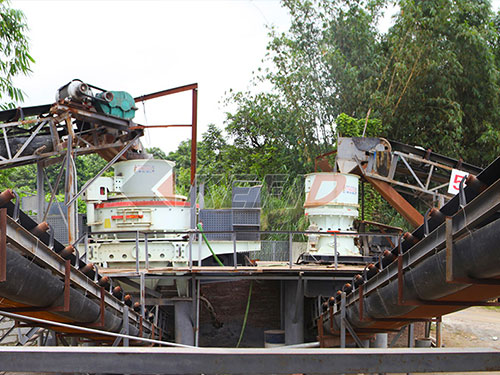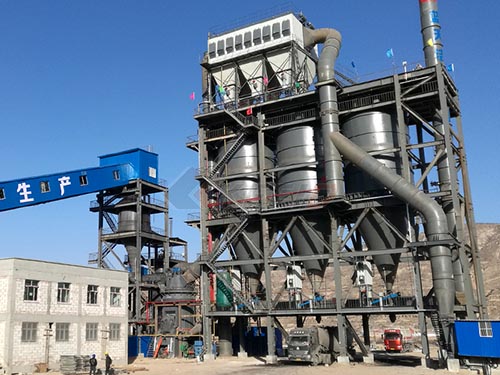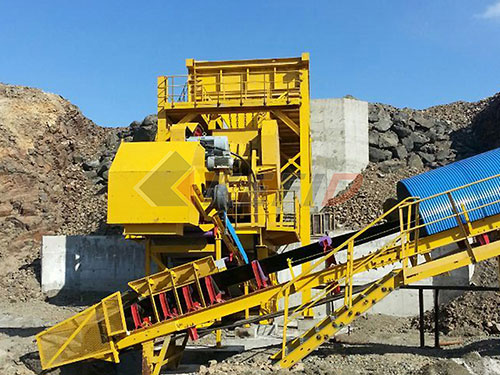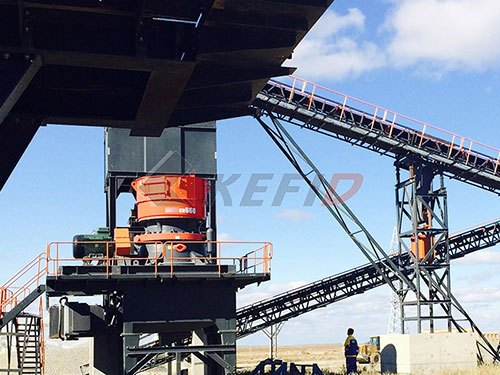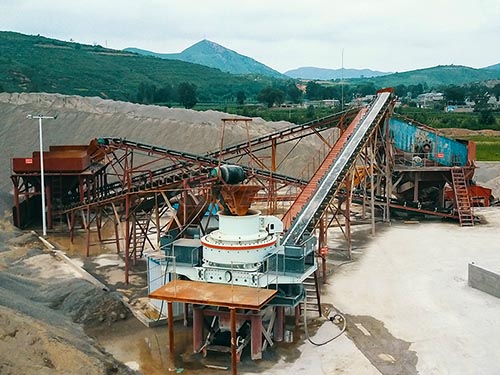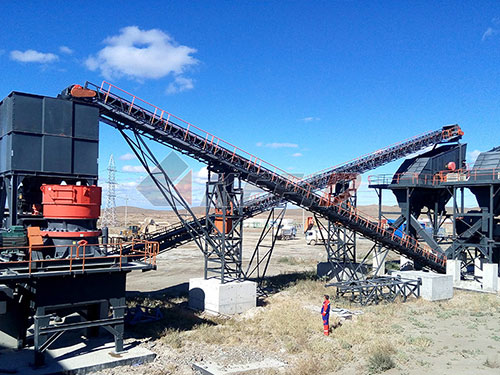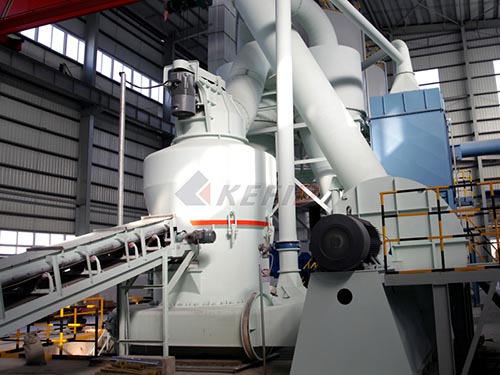Mastering the Fundamentals: Practical Problems for Jaw Crusher Operation
Understanding the core principles of jaw crusher operation is essential for mineral processing engineers, plant operators, and maintenance personnel. While theoretical knowledge provides a foundation, solving practical problems solidifies comprehension and prepares individuals for real-world scenarios. Below are several illustrative problems designed to test and enhance understanding of key jaw crusher parameters and calculations.
Problem 1: Calculating Throughput Capacity
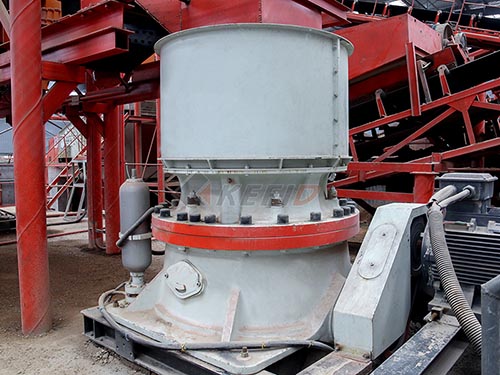
Scenario: A jaw crusher has a gape (feed opening) of 500 mm x 300 mm. The closed side setting (CSS) is adjusted to 75 mm. The average bulk density of the feed material is 1.6 tonnes per cubic meter (t/m³). Laboratory tests indicate the machine constant `k` for this specific crusher design and material type is 1.8 (assuming units are t/h per cm² of gape area). Calculate the approximate throughput capacity in tonnes per hour (t/h).
Solution Approach:
1. Calculate Gape Area: Gape Area = Length x Width = 50 cm x 30 cm = 1500 cm² (Note: Converted mm to cm for consistency with typical `k` units).
2. Apply Capacity Formula: A common empirical formula is:
`Capacity (t/h) = k Gape Area (cm²) CSS (cm)`
(Note: This is a simplified formula; actual capacity depends heavily on material characteristics like hardness, moisture, feed gradation, and crusher design features like nip angle.)
3. Substitute Values: Capacity = 1.8 t/h/cm² 1500 cm² 7.5 cm (CSS converted from mm to cm).
4. Calculate: Capacity = 1.8 1500 7.5 = 20,250 t/h.
Critical Consideration: This result seems exceptionally high for a relatively small crusher (500x300mm gape). This highlights the crucial point that the `k` value is highly dependent on material properties and crusher specifics. In reality, `k` values for hard rock might be closer to 0.01 – 0.05 t/h/cm² for CSS in cm, leading to a more realistic capacity estimate of perhaps ~100-500 t/h for this size machine crushing hard rock at that CSS.
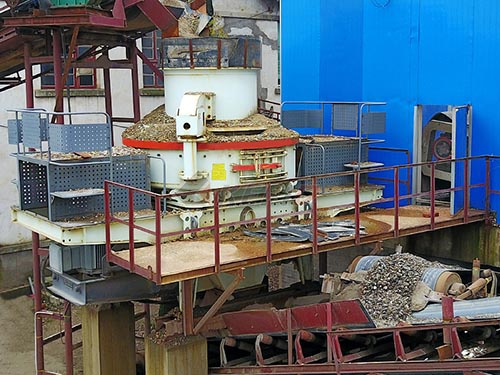
Problem 2: Estimating Power Consumption
